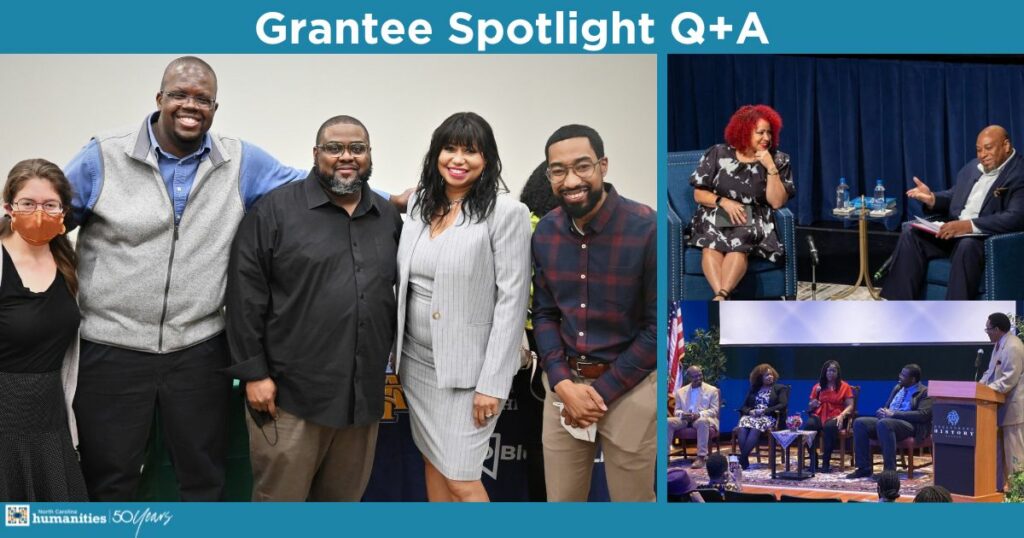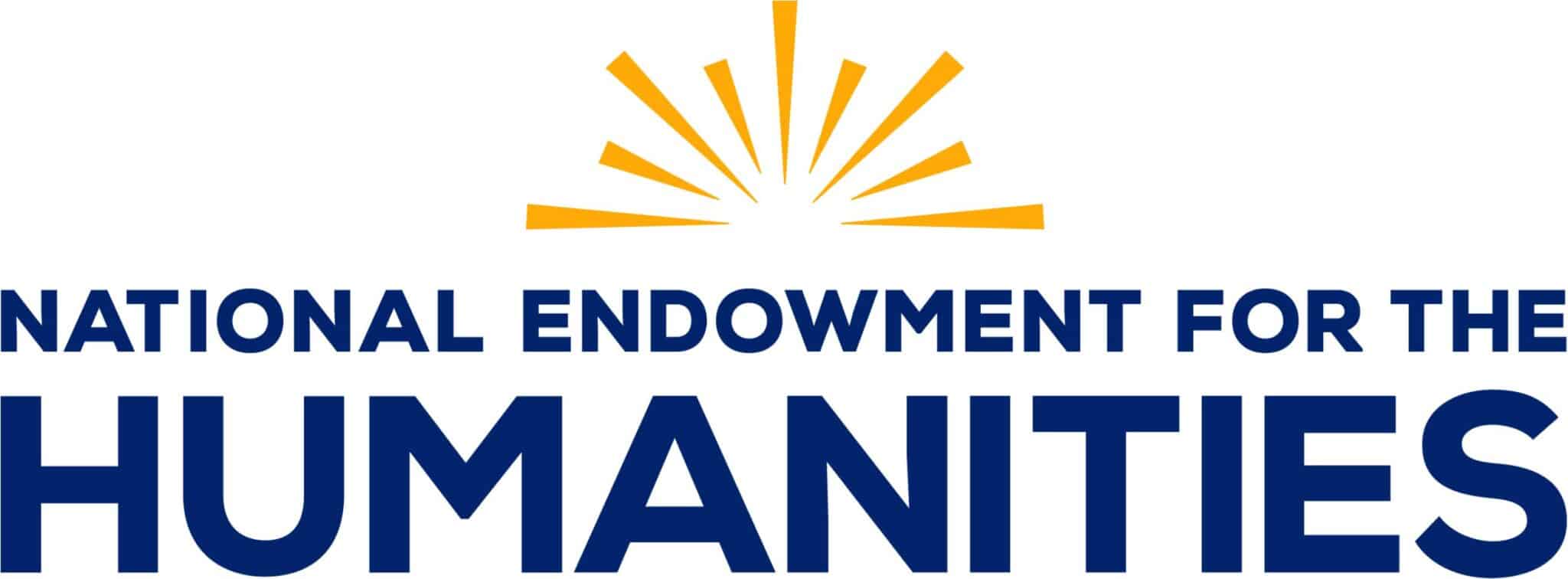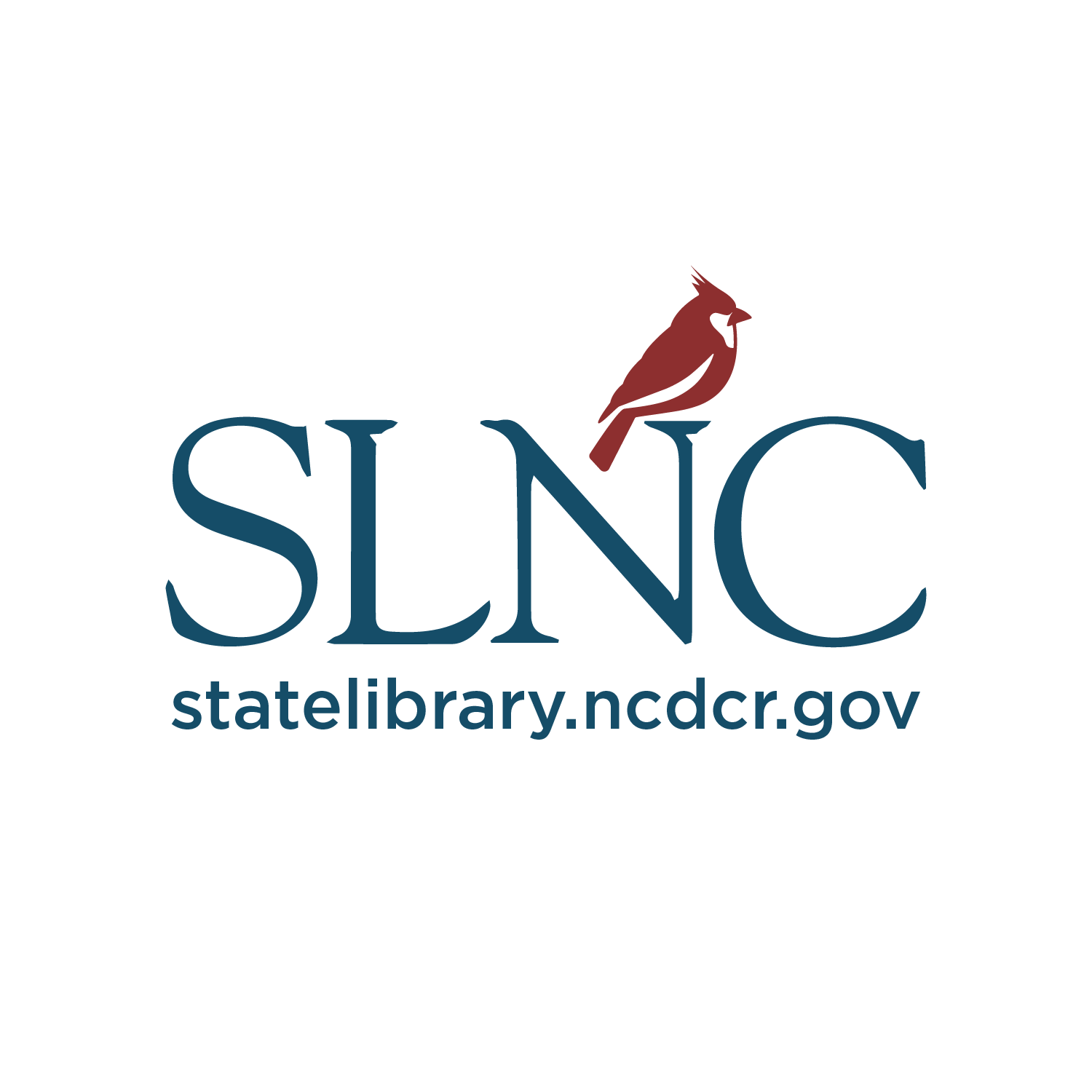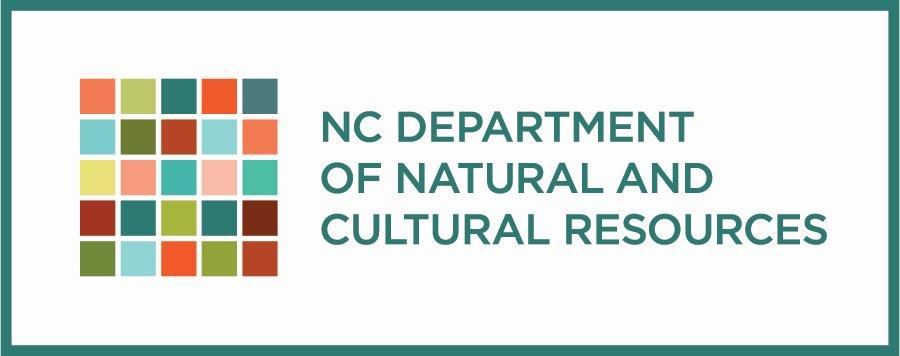Grantee Spotlight: A Q+A with North Carolina Agricultural and Technical State University
 For some Americans, owning a house is a major life milestone to be achieved. When one decides to buy a house, terms like “down payment,” “closing costs,” and “preapproval” become everyday language. If you’re familiar with United States history, you may have heard about another housing term: “redlining.” Though the formal practice began in the early 1930s, redlining is still impacting our country and, in particular, Greensboro, North Carolina.
For some Americans, owning a house is a major life milestone to be achieved. When one decides to buy a house, terms like “down payment,” “closing costs,” and “preapproval” become everyday language. If you’re familiar with United States history, you may have heard about another housing term: “redlining.” Though the formal practice began in the early 1930s, redlining is still impacting our country and, in particular, Greensboro, North Carolina.
In late 2021, North Carolina Humanities awarded a grant to North Carolina Agricultural and Technical State University (N.C. A&T) to help explore the history of redlining in Greensboro through their program series “The History of Redlining in East Greensboro: Conversations about Our City’s Past and Present”.
N.C. A&T’s F.D. Bluford Library organized the program series and brought together scholars, writers, and Greensboro’s Black community to reflect on the history of discriminatory housing practices, including redlining, and how this history continues to impact Black Americans and East Greensboro. As a compliment to the series, a traveling exhibit of documents, maps, and photos showing changes in East Greensboro between the 1930s and today was also developed.
We connected with some members of the team responsible for the project to learn more: Carlos Grooms, University Library Technician; Katie Kehoe, Communication and Grants Librarian; Harvey Long, Student Success Librarian; and James Stewart, Archives and Special Collections Librarian. The four of them talked to us about the project and how their community came together to unpack and discuss redlining’s generational impact on Greensboro and its residents.
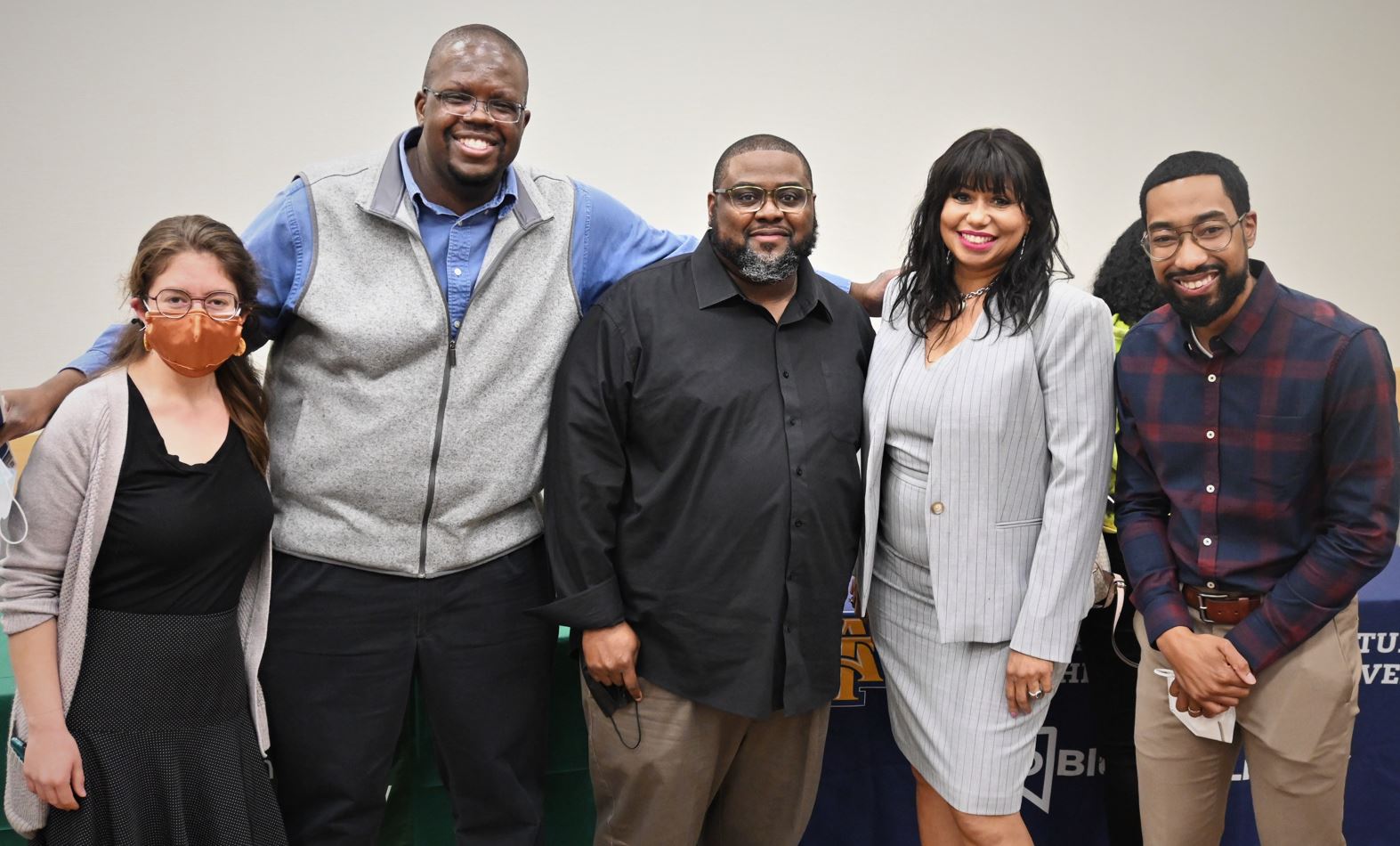 Can you tell us about how this program series started?
Can you tell us about how this program series started?
Carlos: During the pandemic I started a virtual coffee break program where my coworkers and I could just check in on our wellness and talk with each other about anything. During that time, we experienced a lot in terms of social injustice and social unrest, and it sparked a lot of interesting conversations in our group. One day, we had a really good conversation about systemic racism and the history of redlining here in Greensboro, and it took us to a place where we said, “This might be something! We may want to see if we can find a grant to help us elevate this conversation and bring community members and scholars in to take a deeper dive into this subject.”
Harvey: From that conversation we started talking about the local experiences of Black people and how our communities had shifted across time and space. James reminded us that East Greensboro was this rich Black Mecca at one point. You had a large Black professional class and you had folks associated with N.C. A&T who lived in the community.
Katie: We worked with incredible partners to make this series happen in addition to North Carolina Humanities. Working with organizations like Dudley High School, Greensboro Bound Literary Festival, the Greensboro History Museum, the Greensboro Public Library, and others, allowed us to access the community in ways that if we had worked by ourselves, we wouldn’t have been able to.
What exactly is redlining?
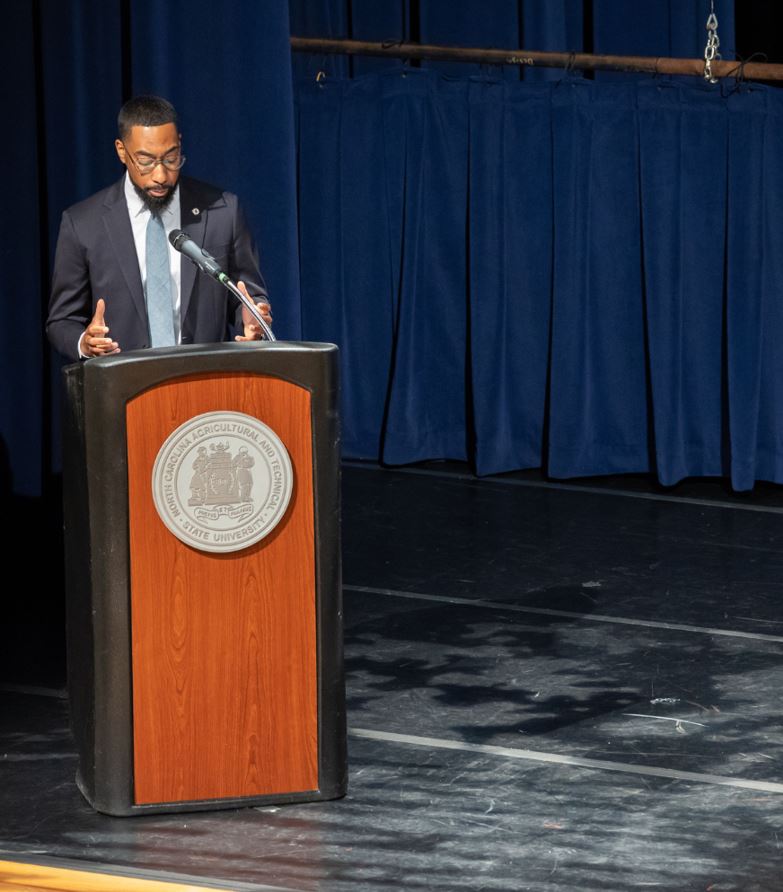 Carlos: After the Great Depression the government wanted to establish a strong middle class by allowing families to get home loans more easily. They wrote these mortgage policies into the New Deal of the 1930s. However, the Black community largely was excluded from that mortgage process. Not guaranteeing home loans to certain people generated this very real geographical grid that was broken down by color code to signify what areas were favorable investments, and where to invest and divest.
Carlos: After the Great Depression the government wanted to establish a strong middle class by allowing families to get home loans more easily. They wrote these mortgage policies into the New Deal of the 1930s. However, the Black community largely was excluded from that mortgage process. Not guaranteeing home loans to certain people generated this very real geographical grid that was broken down by color code to signify what areas were favorable investments, and where to invest and divest.
Katie: Folks can check out the redlining maps of Greensboro at: https://www.ncat.edu/news/2022/02/redlining-greensboro.php. As we started our own research, we also referred to Mapping Inequality from the University of Richmond, where they are comparing census data next to the redlining maps: https://dsl.richmond.edu/panorama/redlining/. From that, they are able to demonstrate that in some redlining neighborhoods there are higher rates of poverty, significant impacts to overall health and education, and over-policing compared to neighborhoods that were listed as favorable (green) investments. Later down the road, the Fair Housing Act of 1968 was intended to reverse some of the impacts of redlining, but again, we’re still seeing these effects some 50 years later.
What was the community response to the program series?
Harvey: At the first event at Dudley High School, a historically Black high school in East Greensboro, we had lots of people say that they’d never heard of the term redlining, but they were familiar with the practice. That was common across all events. At that event we also had a health professional, Dr. Padonda Webb, talk about the continual impact of redlining on the Black community. For example, the type of home you live in and the air quality that you breathe can impact you, thus, Black people who live in redlined communities often experience asthma. After the discussion people said “Oh, that makes sense.” That happened a lot; these conversations connected the dots for people in some ways.
Another thing I think we all experienced and enjoyed seeing, was the reaction and interaction with older members of our community, our elders. To see their faces light up when folks would mention these institutions in the Black community was great. They would say “Oh, I remember that!” or “So and so was my neighbor!” We also talked about the Cumberland Project and other urban renewal projects that basically wiped away a lot of the Black institutions here. They’re not standing physically anymore, but they’re still alive in people’s memories. It’s important to remember that this is not something that happened a long, long time ago. This is a recent memory for a lot of people.
James: At one event I had an elderly White woman come up to me and mention that her father worked at a Greensboro mill and that he had Black neighbors. She wanted to know how redlining impacted mill workers. If there were mixed race communities that worked for Cone Mills and others, their histories would bring up more fascinating questions about the overall history of Greensboro. I also loved talking to teachers and professors who said, “Where can I get more information about this?” or “Where did you get this map?” Just seeing how much people want to know more and helping them in some way find this information is something I loved about this series.
Why do you think conversations like those had during the program series are important?
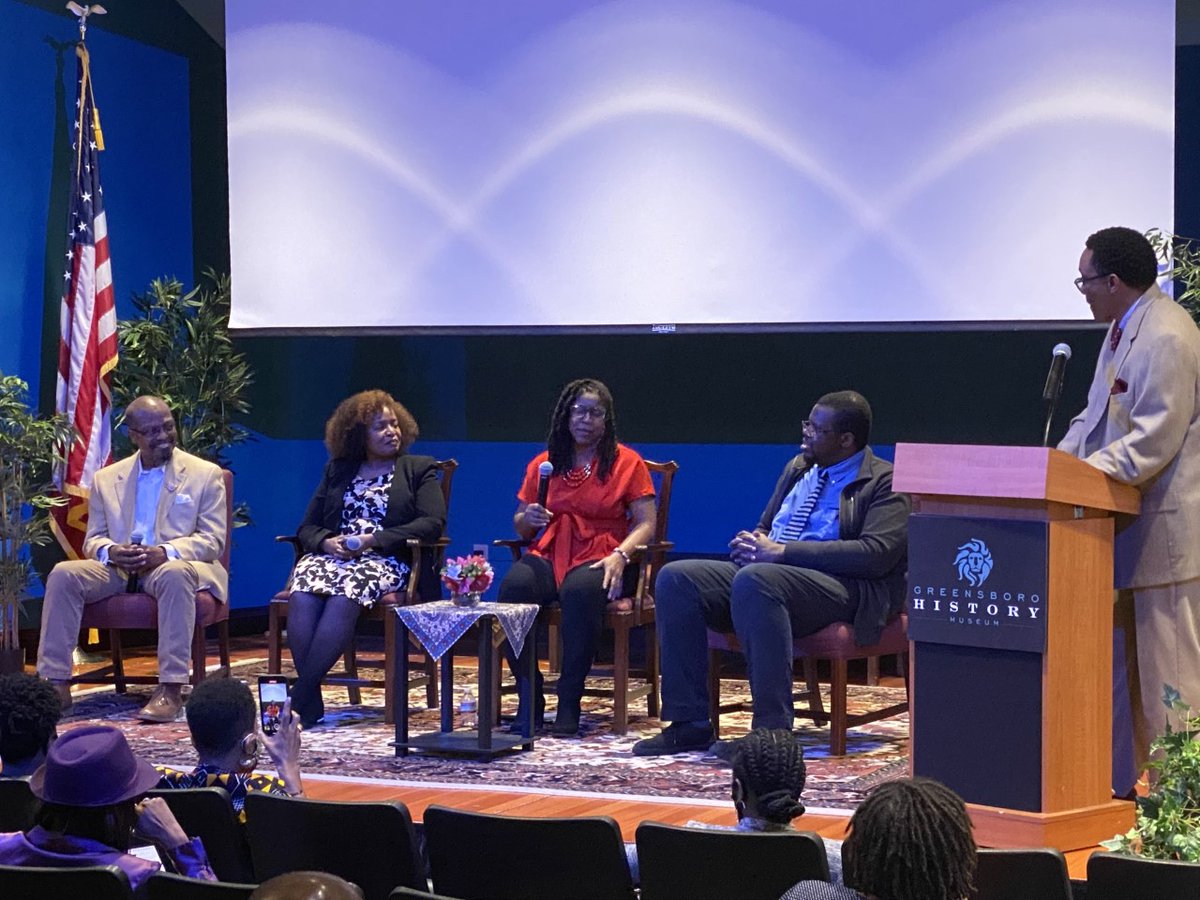 Carlos: I grew up in a redlined community, and as a kid I always wondered why certain parts of town looked a certain way. I want this project to be something our community can look at and use to understand the challenges and struggles that we have gone through and serve as a launchpad for conversations about reconciliation and restorative justice. I think we have to know what we’ve gone through, what happened, and who was part of that process to even begin to deal with reconciliation.
Carlos: I grew up in a redlined community, and as a kid I always wondered why certain parts of town looked a certain way. I want this project to be something our community can look at and use to understand the challenges and struggles that we have gone through and serve as a launchpad for conversations about reconciliation and restorative justice. I think we have to know what we’ve gone through, what happened, and who was part of that process to even begin to deal with reconciliation.
Harvey: Our past informs our present and gives us context. We have to investigate the past to understand why things are the way they are. These conversations are important for us to have and continue to have. As Ms. Kim Cameron, Executive Director of the N.C. A&T Real Estate Foundation shared at one of the community talks, there is still opportunity for Greensboro to create a more equitable housing environment.
James: Grants and projects like this are so important because the window to talk to people who went through certain things and grew up in a certain time is closing and getting more and more narrow. We can preserve these conversations, quotes, stats, and research to help prepare others to have other conversations going forward.
Katie: I think it’s hard for some people to understand the need for racial justice if they don’t understand America’s history of racial discrimination and how close in time we are to that history; programs like this help.
Can you tell us more about the exhibit and the archives?
James: For the exhibit we took 1937 redlining maps and paired them with current maps of East Greensboro to show how redlining still impacts these areas. We then combined these maps with demographics and historic images and stories of East Greensboro’s businesses, business owners, and banks. Most people do not know that there were at least four banking and loan institutions started by African Americans in East Greensboro to combat the inequalities of home loans. In the archives we get many, many requests from people who want to know more about who used to live in the community and who had a business. One of the things that was incredible about this program series and this grant from North Carolina Humanities was hearing so many people in the community talk about remnants of the past: how the professor lived next to the butcher, how someone who taught in a college might live next door to the minister, and so on. At the archives, the materials from this program series have become its own collection on redlining in East Greensboro that we hope people will continue to use and look at.
How can people support N.C. A&T and F.D. Bluford Library?
F.D. Bluford Library’s archives welcome donations of histories and family documents that will continue to illuminate the history of redlining. If you’d like to support this work, you may donate here: https://app.mobilecause.com/form/9CLN6Q?vid=ssyq9
For more information, or to do research in the special collections, please contact the F. D. Bluford Library at libraryarchives@ncat.edu.
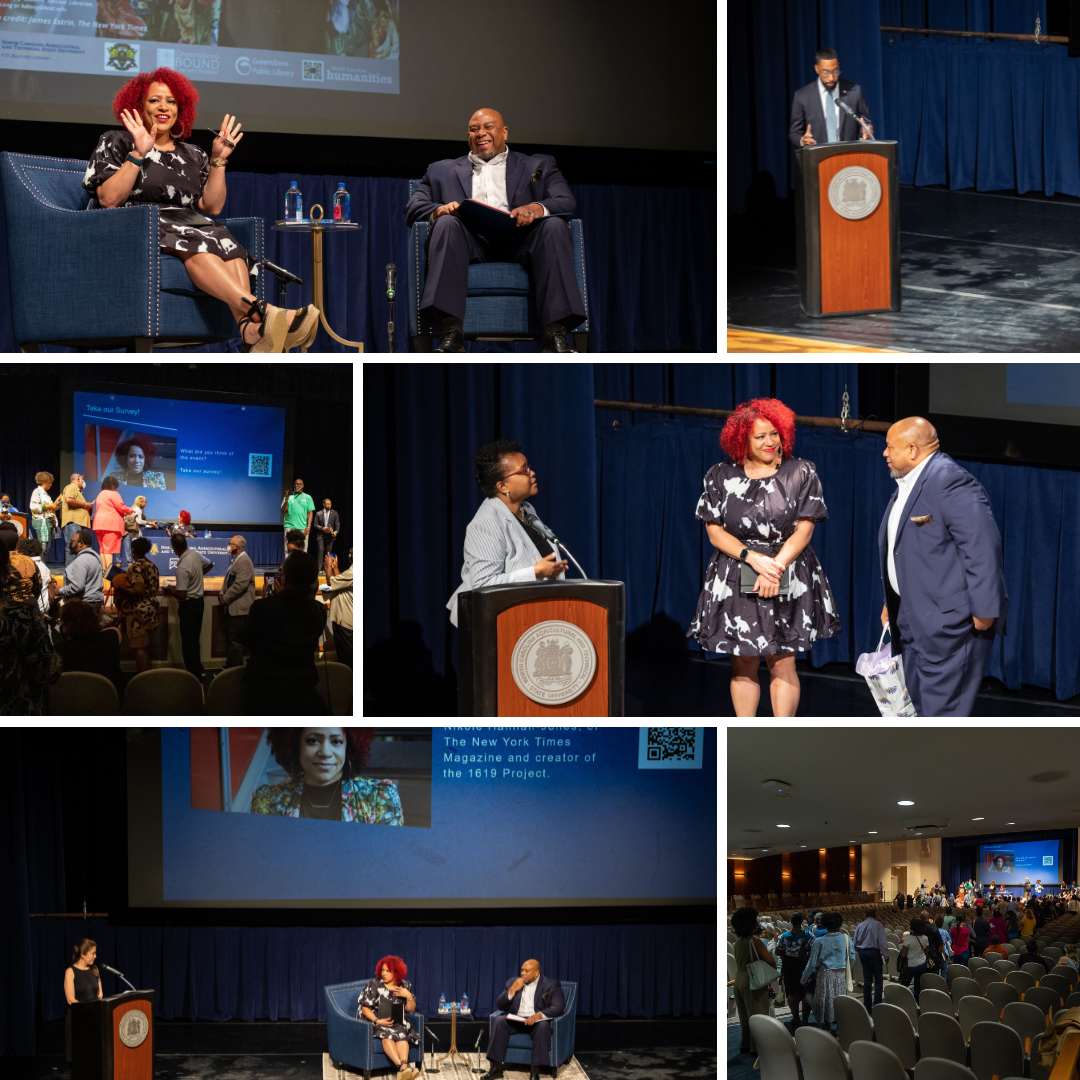
About North Carolina Humanities’ Grantee Spotlights: In celebration of our 50th anniversary, NC Humanities Grantee Spotlights shine a light on the incredible work of our grantee partners, offering details about their funded project, and feature a Q&A with team members associated with the organization.
Photos Courtesy of N.C. A&T


